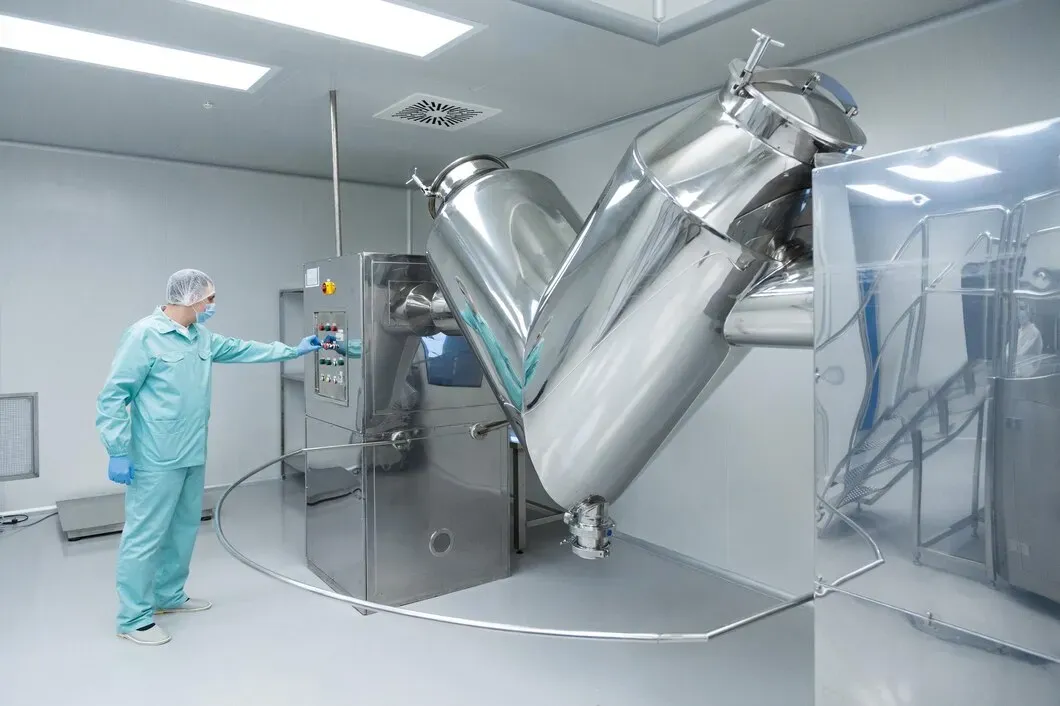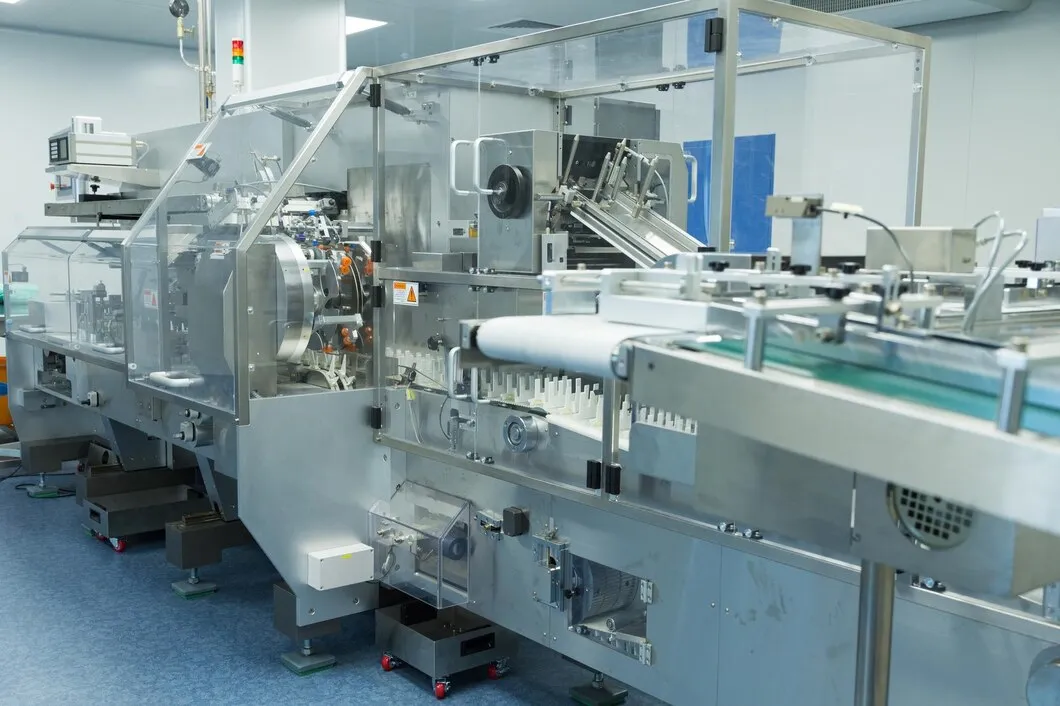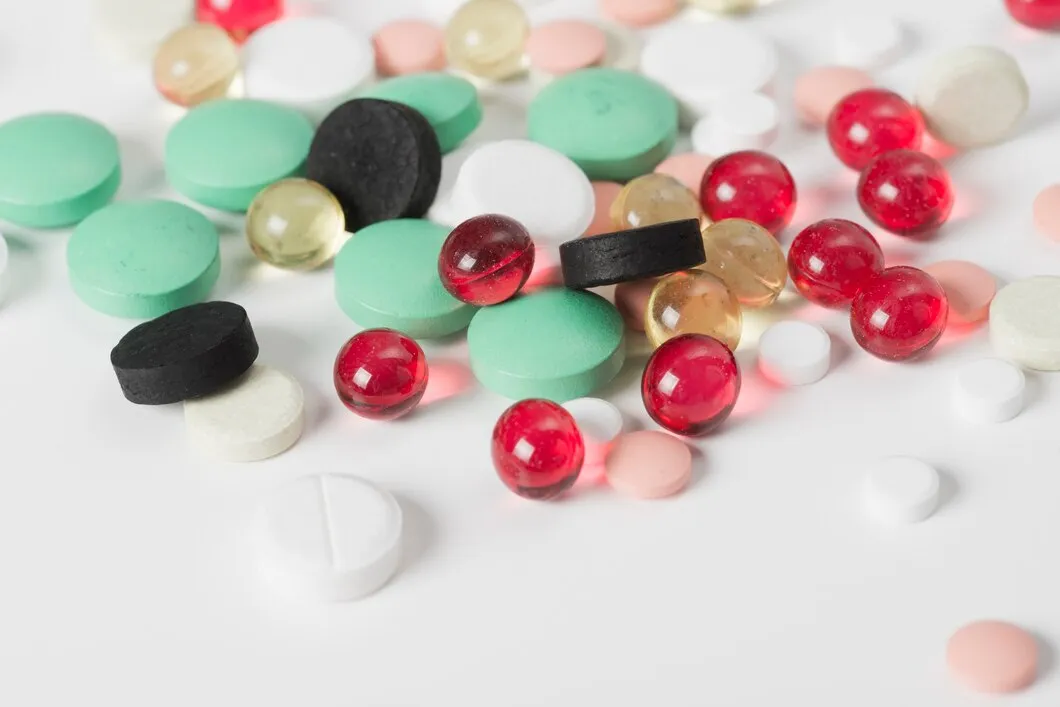The United States hosts some of the world’s leading pharmaceutical companies, renowned for their innovation, extensive product portfolios, and significant contributions to global healthcare.
Below is an overview of the top 10 drug manufacturers in the USA, highlighting their 2023 revenues and key areas of focus.
| Rank | Company | Website |
| 1 | Johnson & Johnson | https://www.jnj.com/ |
| 2 | Pfizer | https://www.pfizer.com/ |
| 3 | Merck (known as MSD outside the USA) | https://www.merck.com/ |
| 4 | AbbVie | https://www.abbvie.com/ |
| 5 | Bristol Myers Squibb | https://www.bms.com/ |
| 6 | Amgen | https://www.amgen.com/ |
| 7 | Eli Lilly and Company | https://www.lilly.com/ |
| 8 | Gilead Sciences | https://www.gilead.com/ |
| 9 | Biogen | https://www.biogen.com/ |
| 10 | Moderna |
Revenue: $85.2 billion
Overview:
Johnson & Johnson operates across three main sectors: pharmaceuticals, medical devices, and consumer health.
Its pharmaceutical division, Janssen, specializes in therapeutic areas such as oncology, immunology, and neuroscience.
Revenue: $58.5 billion
Overview:
Pfizer is a leading manufacturer of drugs, known for its extensive portfolio that includes vaccines, oncology, and internal medicine products.
The company played a pivotal role in developing one of the first COVID-19 vaccines.
Revenue: $60.1 billion
Overview:
Merck, known as MSD outside the USA, focuses on prescription medicines, vaccines, biologic therapies, and animal health products.
Key areas include oncology, infectious diseases, and cardiometabolic disorders.
Revenue: $54.3 billion
Overview:
AbbVie specializes in immunology, oncology, virology, and neuroscience. The acquisition of Allergan in 2020 expanded its portfolio to include aesthetics and eye care.
Revenue: $45.0 billion
Overview:
Bristol Myers Squibb focuses on oncology, hematology, immunology, and cardiovascular diseases. The acquisition of Celgene in 2019 bolstered its oncology and immunology offerings.
Revenue: $54.3 billion
Overview:
Amgen is a biotechnology company specializing in therapeutics for oncology, cardiovascular disease, inflammation, and nephrology. Its commitment to biotechnology has positioned it as a leader in biologic therapies.
Revenue: $45.03 billion
Overview:
Eli Lilly focuses on neuroscience, endocrinology, oncology, and immunology. The company is recognized for its advancements in diabetes care and neuroscience.
Revenue: $28.75 billion
Overview:
Gilead specializes in antiviral drugs, particularly for HIV/AIDS, hepatitis B, hepatitis C, and influenza. Its innovative therapies have transformed the treatment landscape for these diseases.
Revenue: $10.98 billion
Overview:
Biogen focuses on neurological diseases, including multiple sclerosis, Alzheimer’s disease, and spinal muscular atrophy. Its dedication to neuroscience has led to groundbreaking therapies in neurology.
Revenue: $18.47 billion
Overview:
Moderna is a biotechnology company specializing in messenger RNA (mRNA) therapeutics and vaccines. It gained prominence with its mRNA-based COVID-19 vaccine and continues to explore mRNA applications across various diseases.
These manufacturing pharma companies invest heavily in research and development to bring new therapies to market, addressing unmet medical needs.
Navigating the complex regulatory environment requires adherence to stringent standards to ensure safety and efficacy.
The pharmaceuticals factory landscape is highly competitive, with companies striving for leadership in various therapeutic areas.
Manufacturers of drugs play a crucial role in responding to global health crises, such as pandemics, by developing and distributing vaccines and treatments.
In summary, the United States is home to several leading pharmaceutical companies that significantly impact global healthcare through innovation, extensive research, and a commitment to addressing diverse medical needs.
Resources:
The world’s biggest pharmaceutical companies: Top ten by revenue




Before any drug reaches a patient, it starts in a lab. That’s where formulas are tested, batches are checked, and quality is either confirmed or questioned. To do that work right, labs depend on the right equipment—tools that don’t just get the job done, but do it with precision. If you’re responsible for running or […]

Blister packaging is everywhere in pharma—from tablets to capsules to sample packs. It protects the product, extends shelf life, and improves patient safety. But for manufacturers, it’s more than just packaging—it’s a system built around speed, precision, and compliance. If you’re in pharma manufacturing or packaging procurement, here’s what you need to know about blister […]

If you’re deciding how to deliver a pharmaceutical or supplement product, the format you choose—liquid gels or tablets—will shape more than just how it looks. It affects how the product is made, how fast it’s absorbed, what kind of equipment you’ll need, and how the end user experiences it. Some actives work better in a […]